Traditional village ceremony shows a bride with a covered face - PHOTO
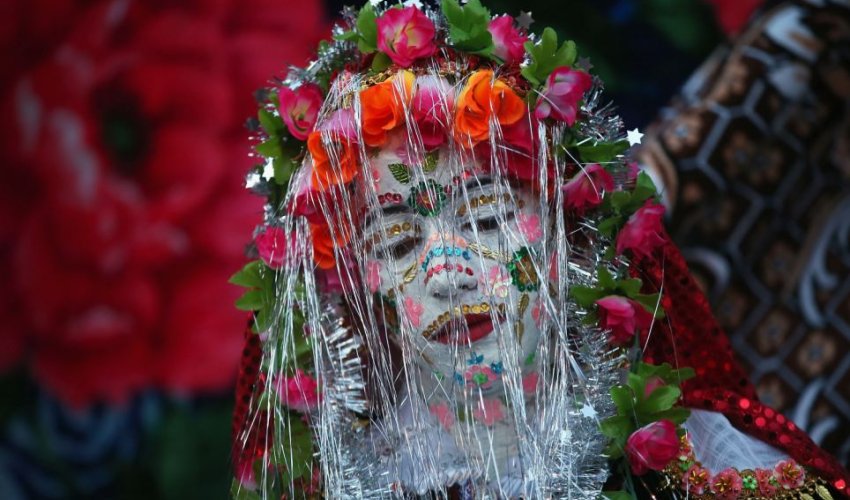
With her eyes tightly shut and her face covered with paint, sequins and paper flowers, Bulgarian bride Fatme Inus followed centuries of tradition in her village when she married her groom yesterday.
The practice of painting the bride's face white and decorating it with sequins and coloured paint is called 'gelena' in Bulgarian and is unique to Fatme's home, the remote town of Ribnovo.Ribnovo, set on a snowy mountainside in southwest Bulgaria, has kept its traditional winter marriage ceremony alive despite decades of Communist persecution, followed by poverty that forced many men to seek work abroad.The occasions are so important young men return from abroad to the crisp mountain snows, just for the winter weddings.People in Ribnovo identify themselves more by their religion, as Muslims, than by their ethnicity or nationality, and the wedding ceremony is an expression of their piety. The village has 10 clerics and two mosques for 3,500 inhabitants.A bride's family will laboriously pile up her dowry since she was born - mostly handmade knit-work, quilts, coverlets, sheets, aprons, socks, carpets and rugs.On the morning of the wedding they hang the items on a wooden scaffolding, 50 metres long and three meters high, erected specially for the occasion.Nearly everyone in the village comes to inspect the offerings: the tiny homeyards in the village are like a showroom for the furniture and household appliances the bride has to provide for her new household.The girl and her husband-to-be will then lead a traditional horo dance on the central square, joined by most of the village's youth.But the highlight of the ceremony, the painting of the bride's face, comes at the end of the second day.In a private rite open only to female in-laws, her face is covered in thick, chalky white paint and decorated with colourful sequins.A long, red veil covers her hair, her head is framed with tinsel, her painted face veiled with silvery filaments.Clad in baggy pants and bodice shimmering in all the colors of the rainbow, the bride is presented by her future husband, her mother and her grandmother to the waiting crowd.The bride is not permitted to open her eyes wide until a Muslim priest blesses the young couple.Alcohol is forbidden at the wedding receptions and sex before marriage is taboo.Ethnographers say it is hard to date the bridal painting ritual, as the communist regime did not encourage studies into minority ethnic and religious groups.'It is very likely that it is an invented tradition. It's their way to express who they are,' said Margarita Karamihova, an associate professor at the Ethnography Institute of the Bulgarian Academy of Science.Experts say Pomaks had identity problems and faced more challenges than the majority of Muslims in Bulgaria, who are ethnic Turks.'In the 1960s they would ban Islamic music at weddings, then they would not allow traditional clothes, and in the 1980s, the whole traditional Pomak wedding was banned,' said municipality mayor, Ahmed Bashev, born in Ribnovo.Ribnovo's inhabitants used to make a living from tobacco and agriculture, but low incomes in the poorest EU country forced men to start seeking jobs in cities in Bulgaria or in western Europe -- not least to raise money for a wedding.Outside influences have been slow to reach Ribnovo and young people rarely marry an outsider.(dailymail.co.uk)ANN.Az
Similar news
Similar news
Latest news 
More news 




























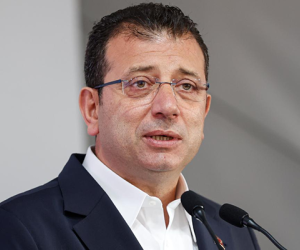
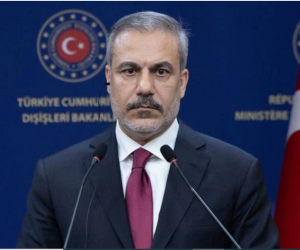
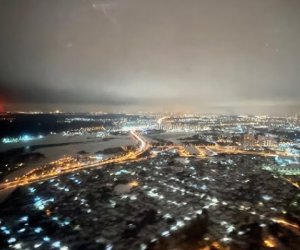

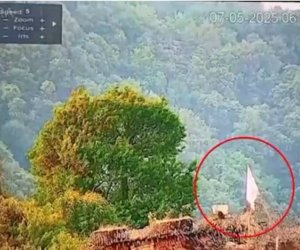


 Photo
Photo 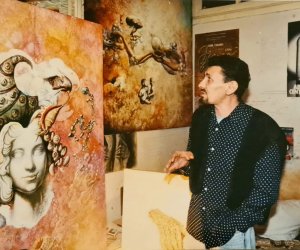
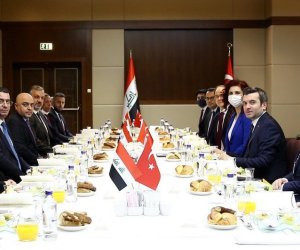
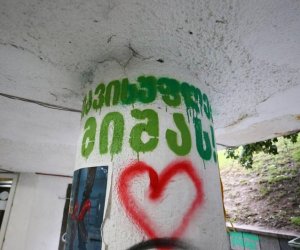

 Video
Video 

